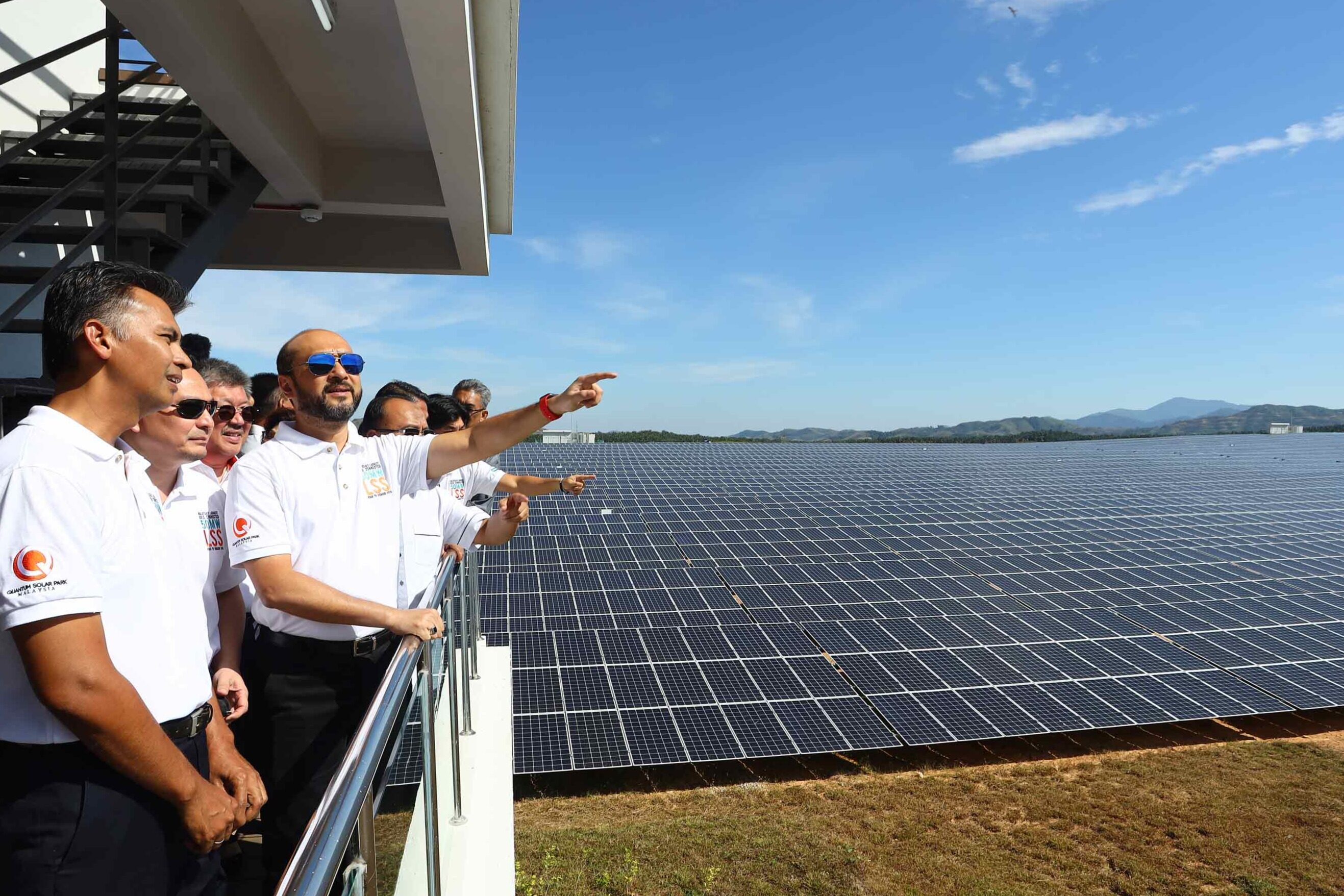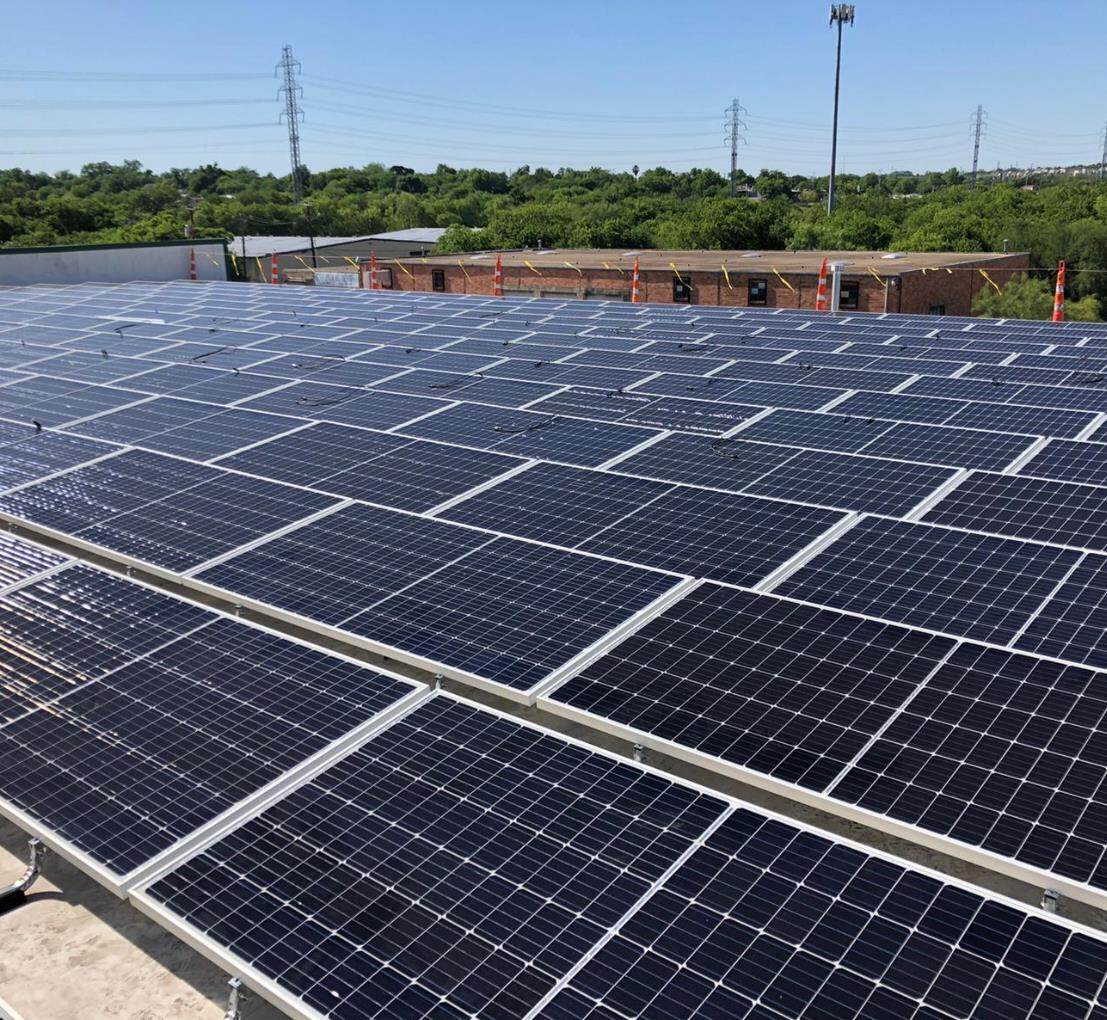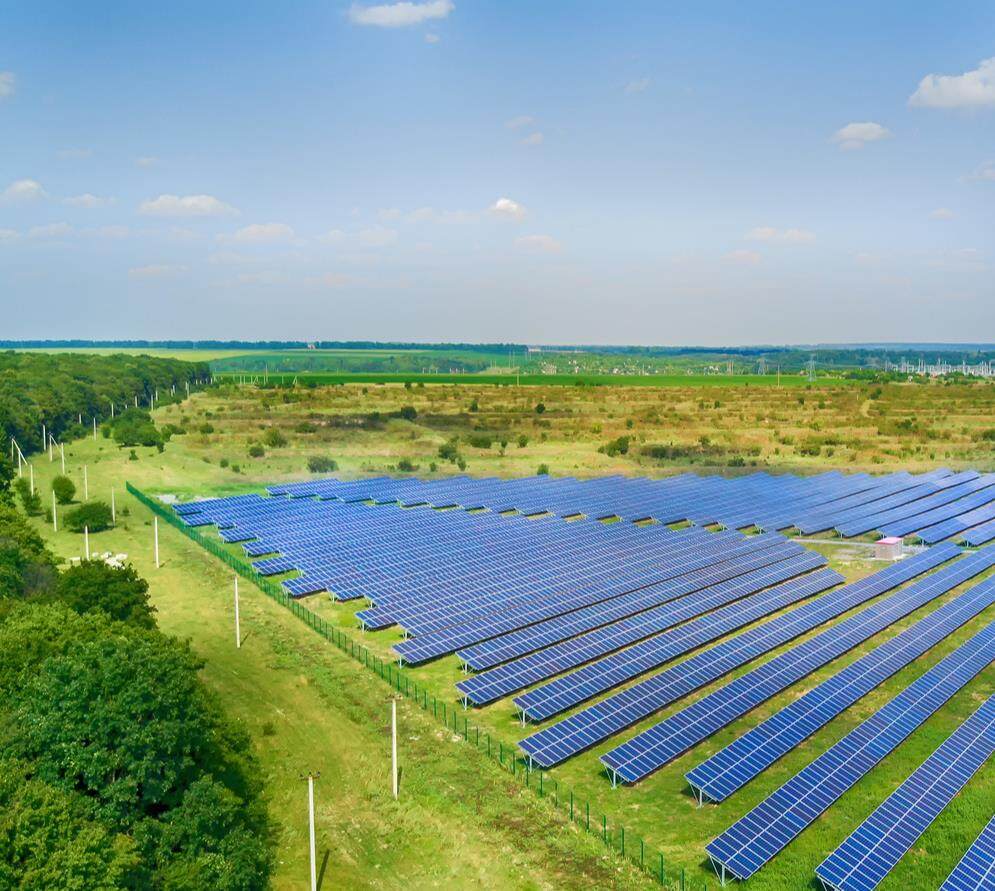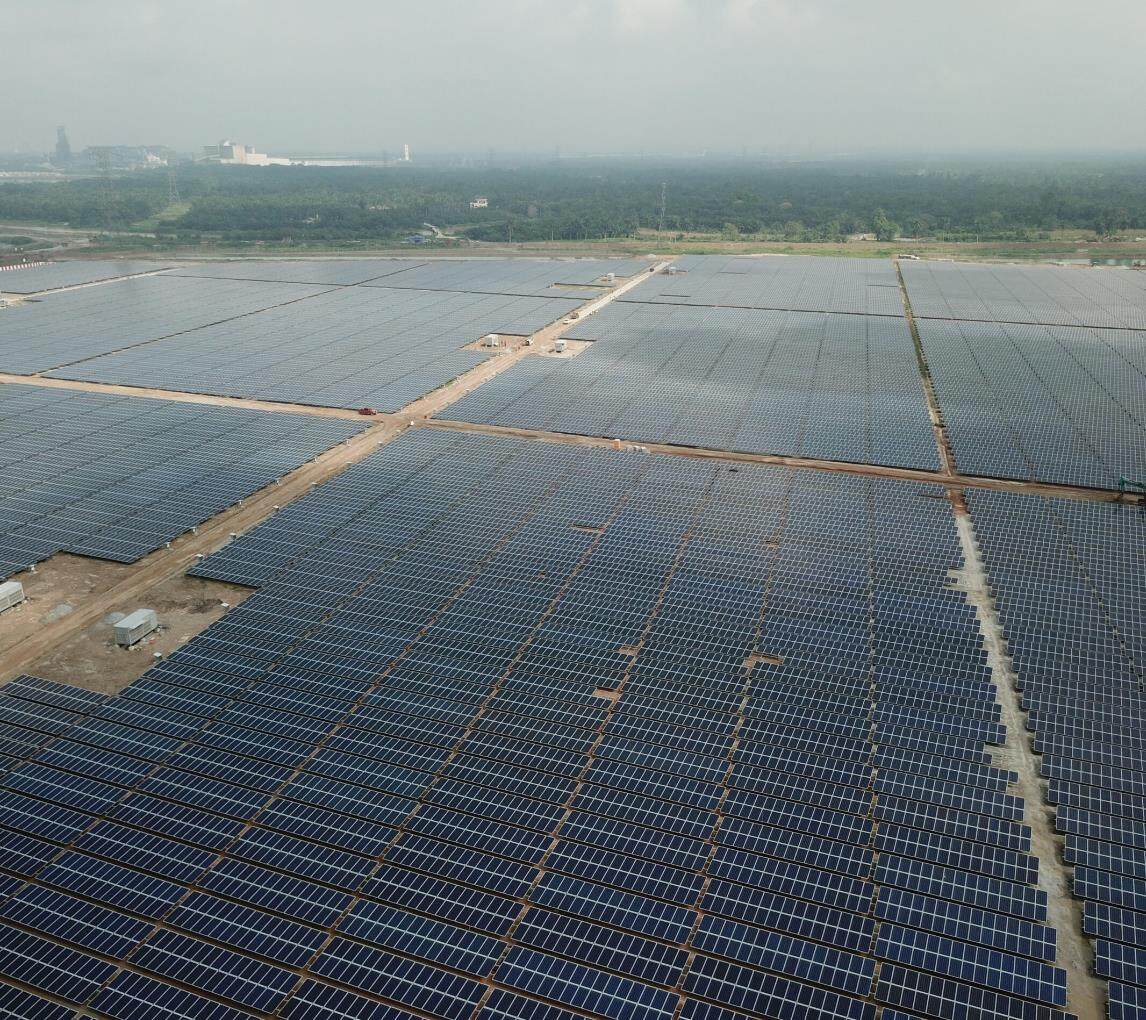- To achieve the energy transition by 2050, the country will need investments of at least $375 billion

Solar PV will lead Malaysia's energy transition, with an installed capacity of 153GW by 2050. That’s according to a report on Malaysia’s energy transition by the International Renewable Energy Agency and the Ministry of Natural Resources, Environment and Climate Change Malaysia, which has huge untapped potential for renewable energy, with nearly 337GW of solar PV alone.

Investments of $10.8 billion will be needed to install up to 17GW of solar PV capacity by the end of the decade, a tenfold increase from the 1.7GW of total solar PV capacity installed by 2021. The grid will also require an investment of $8 billion in upgrades to 2030 to ensure better system flexibility.

Malaysia will be able to achieve an average construction rate of nearly 5GW of solar PV per year. Integrating such a high share of variable renewable energy will require more power system flexibility, transmission expansion and energy storage. However, in the Planned Energy Scenario, which reflects current plans and policies in the energy sector, solar PV installed capacity will reach only 8.6GW by 2030 and 58.9GW by mid-century, while annual installed capacity in the short term will remain at 2030 The annual solar photovoltaic power generation capacity is 1.4GW.
The urgent action that Malaysia needs to take is to create a more favorable investment climate for renewable energy. By prioritizing clean energy investments and maintaining consistent strategies and policies across all levels of government, Malaysia can achieve its new ambition to achieve net-zero emissions by 2050 while ensuring a more prosperous, sustainable future for its people, IRENA Director-General Francesco said.

The country had a total installed capacity of 33GW by the end of 2021, with coal and gas accounting for a third of the total, while renewables accounted for 16% of electricity supply in 2018, according to the IRENA report. In addition, since the country's solar energy resources are abundant and widely distributed, solar PV will be the key to its energy transformation, so Malaysia needs to develop new policy mechanisms to encourage the participation of various consumers, including the next step of net energy metering January 2016 Launch a rooftop solar PV project. The highest solar radiation is located in Kota Kinabalu with an annual radiation of 1,900kWh/m2, and due to its proximity to the Earth's equator, most of the country's annual radiation is above 1,500kWh/m2.
Also, at the upstream level of the solar industry, Malaysia has the potential to play a significant role in Southeast Asia as its industry continues to grow, with JinkoSolar supplying 100% renewable energy for its first overseas facility in Malaysia last year.Editor/XingWentao
Comment
 Praise
Praise
 Collect
Collect
 Comment
Comment
 Search
Search














Write something~